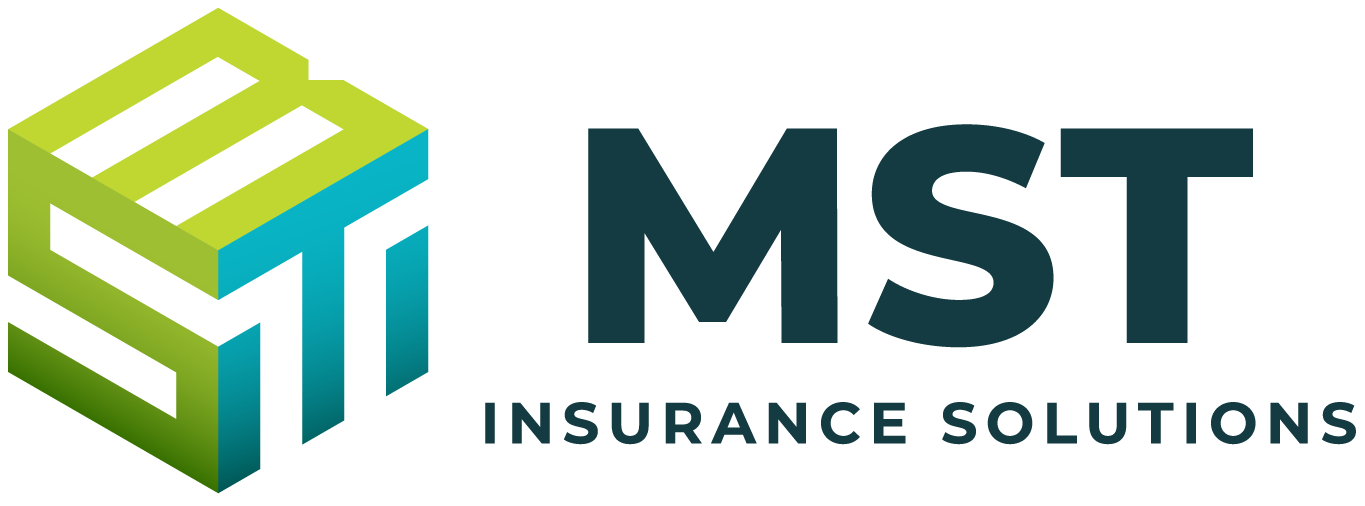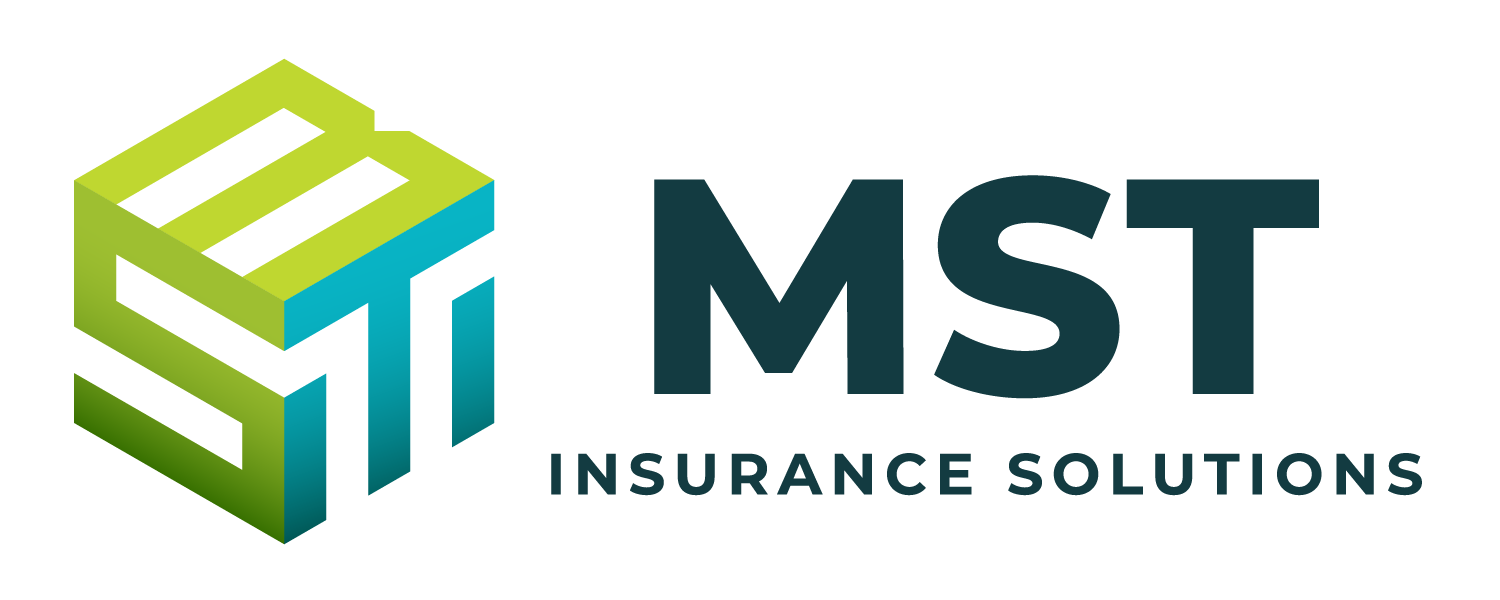In spring 2020, as it became clear just how severe the COVID-19 pandemic would become, employers began springing into action in an effort to help workers. They moved the majority of their employees remote, implemented safety guidelines and started thinking about how they could use benefits to support their workforce during the crisis.
Now, a year into the pandemic, benefits have taken the spotlight as one of the most important tools employers have to help workers. The crisis has not only significantly shifted how companies look at and craft their benefits, but it has changed the way they communicate about their offerings and respond to workers’ needs.

Julie Stich
“More attention has been put on benefits because of COVID,” says Julie Stich, vice president of content at the International Foundation of Employee Benefit Plans. “Employers are doing more with them and making changes because they realized they had to. And employees are thinking more about benefits.”
In the early days of the pandemic, a number of employers tweaked and added resources like emergency leave for employees who were diagnosed with or had to self-quarantine because of COVID, as well as bonuses for employees working as COVID-19 numbers spiked. They touted healthcare benefits, telemedicine options and, of course, remote work before taking a big-picture view of the assistance employees needed to get through a pandemic that touched every aspect of their lives.
“A lot of times you hear the phrase ‘life and death,’ and quite frequently it’s used in hyperbolic terms. This is actually a circumstance where it’s not hyperbolic,” says Sean Woodroffe, TIAA’s senior executive vice president and chief human resources officer. “How we focus [on] and take care of our associates is absolutely critical.”
Out of the spotlight were on-site perks like gyms and free lunches, and other talent-attracting offerings like unlimited vacation time and tuition assistance. In their place were basics like robust health and wellness programs, plenty of sick time, flexibility, remote work stipends, mental health help and a variety of tailored benefits that took direct aim at the pain points employees were experiencing. Seeing employees who were parents reeling from school and daycare closures, some employers enhanced caregiving programs or backup care. Others, like Twitter and John Hancock, got more innovative with offerings, driving a trend in virtual camps to occupy employees’ kids over the summer. And many others zeroed in on mental health offerings and resources as rates of depression, anxiety, stress and burnout soared.
And it all happened quickly.
The pace at which employers altered or added benefits was unprecedented and highly different than in years past, when it took companies years to make and implement benefit changes.
“One of the biggest lessons has been flexibility and speed in being able to make decisions and make changes because the need was so great so quickly,” Stich says, noting companies had to move fast—sometimes in a matter of days—on everything from the logistics of remote work to new leave policies to mental health enhancements. “They have been [quick] because of sheer need; so many companies had to pivot in so many ways.”
Financial services firm TIAA was among the companies that not only quickly made changes to their benefits in the early days of the pandemic, but also continued to tinker with benefits as the pandemic raged on. The employer wanted to make sure it was quick to respond as certain issues cropped up that workers needed help with, TIAA’s Woodroffe says.
“We believe [enhancing benefits] is the right thing to do, and it has a direct correlation to enhanced engagement of our associates,” he says, adding that the company’s most recent internal worker survey, conducted late last year, found that employee engagement is about 81%, which “is an unprecedented high level and a high benchmark against any company of our size and scale.” Approval marks from employees for how the company is handling the pandemic are also in the 90th percentile, he adds.
TIAA gave all of its associates a $500 reimbursement for any home-office expenses as the company moved the majority of its employees remote due to COVID-19. It placed a big focus on mental health, consistently telling employees to utilize available resources and benefits to help reduce stress, as well as reminding them to take breaks and practice self-compassion.
And it revamped its caregiving benefits by significantly expanding backup child- and eldercare support for all of its associates and adding an employer contribution to its dependent-care flexible spending account. TIAA employees now have access to enhanced backup care programs—up to 60 visits per associate each year, with a $100 per-day reimbursement for out-of-network care. Prior to the pandemic, TIAA offered employees 20 days of backup care per child, per calendar year. Those new benefits kicked in Jan. 1.
TIAA also became one of few employers to offer at-home COVID testing to employees. Through its partnership with Premise Health, a workplace health and patient engagement company, employees—and their dependents—can request an at-home COVID test, administer it themselves and submit the results to a lab for processing. Afterward, they can schedule a virtual visit with a physician to discuss their result, also free of charge.

Sean Woodroffe
Helping employees through the difficulties of COVID-19 should be the priority of HR professionals, Woodroffe says.
“We have to be nimble, we have to be responsive, we have to be proactive and we have to embrace this notion of radical flexibility in terms of how associates are working in this environment.”
Addressing stress
Among the biggest changes in the benefits realm has been a sharpened focus on mental health, and for good reason. Scores of studies have found a rise in mental health afflictions like stress, depression, anxiety and burnout since the onset of the pandemic. Total Brain, which has been tracking employees’ mental health for the last year, found in its most recent figures, for instance, that risk of depression among employees is 71% higher than before COVID-19.
Employers have reacted to the dire stats with a slew of benefit expansions, including enhanced EAPs or counseling benefits or the addition of stress management apps. But with the numbers of mental health conditions still sky-high, mental health is expected to be a workplace epidemic in the years to come and continued focus will still be paramount, experts say.
“As the ability to work from anywhere continues to be the norm, employers will reevaluate their benefits offerings and increasingly focus on programs aimed at supporting and enhancing employees’ mental health and wellbeing,” says Melanie Tinto, chief human resources officer for WEX. “We will also see a shift in where these benefits dollars go, as opposed to cost-cutting.”
Not only did employers focus on new strategies to help workers during the pandemic; they also made sure to tout their existing benefits and direct employees to resources they needed to cope. It was an especially important tactic as employees historically aren’t aware of everything that is included in their benefits plan.
“Employees don’t remember [their benefits]; it’s in one ear and out the other,” IFEBP’s Stich says. “I’m sure HR and benefits people feel like they’re hitting them over the head with it, but employees don’t remember.”
Many companies that historically didn’t talk about or promote benefits outside of the open enrollment period made benefits a more regular part of the conversation, consistently reminding employees about their offerings, notably mental health resources, leave policies and telehealth.
“There [are] heightened expectations for educating employees on their benefits options broadly,” Tinto says. “Communicating benefits [is] more than just sharing options in a PDF. It’s more conversational and goes back to more of a one-on-one communication approach versus one-to-many.”
Those communications efforts are likely to continue after the pandemic, as are other workplace changes brought on by the pandemic. Flexibility and remote work—the latter of which was widely embraced as a necessity by most organizations that didn’t need workers in office—are also expected to last. With many employees calling for continuation of the practice—and employers admitting that it works—it’s not likely to go anywhere.
“It will be hard to put the genie back in the bottle, so to speak, because maybe employers who didn’t think this type of flexibility would work well, or remote work to the extent that it is, are finding that it’s working and working better than most people thought,” Stich says. “To say they can’t do that anymore will really be a hard sell.”
Mind the gaps
Perhaps one of the most significant changes that has come up in the benefits world due to COVID-19 has been how millions of employees view and perceive their benefits. Desperate to stay productive, healthy and calm, employees have been quicker to turn to their employer for refuge. They also are paying more attention to their benefits and relying on them more. But the news hasn’t all been good: Research from the Hartford has found that even as employees focus more on their offerings, there has been a drop in how workers perceive the value of their benefits and a decline in their trust that their company is making the best benefits decisions.
“The aperture that everyone has on their benefits has widened,” says Jonathan Bennett, head of group benefits at the Hartford. “As employees begin to look at the range of issues they’re having to deal with and wondering about what benefit options might have helped them through the circumstance, it’s opening them up to different ideas and ways their companies could have been better prepared. Employees are saying, ‘I’m not sure my employer perhaps had enough information to really understand the scope of all the things that could possibly come to pass.’ ”
COVID-19 has been a chance for employers to continue to step up, check the pulse of their workforce and find out exactly what kind of offerings and resources employees are looking for.
“Nothing does better to crystalize issues than a crisis,” Bennett says. “[Employers] are evaluating their benefits packages from a much broader purview than they have before and realizing there are gaps.”
Benefits could become even more of a focus in years to come as more employers add and enhance programs to fill in the gaps. The pandemic has made it obvious that employees need help, and can turn to their employers for that help, but the challenges workers face won’t just disappear when the pandemic is over.
“The pandemic has shown me that flexibility is impacting every part of the way we work, and our benefits packages are going to need to be just as flexible going forward,” Tinto says. “All our employees are so different and thrive under different circumstances; we need to offer benefits that are adjustable for each person’s unique life situation.”
Credit: Human Resource Executive


